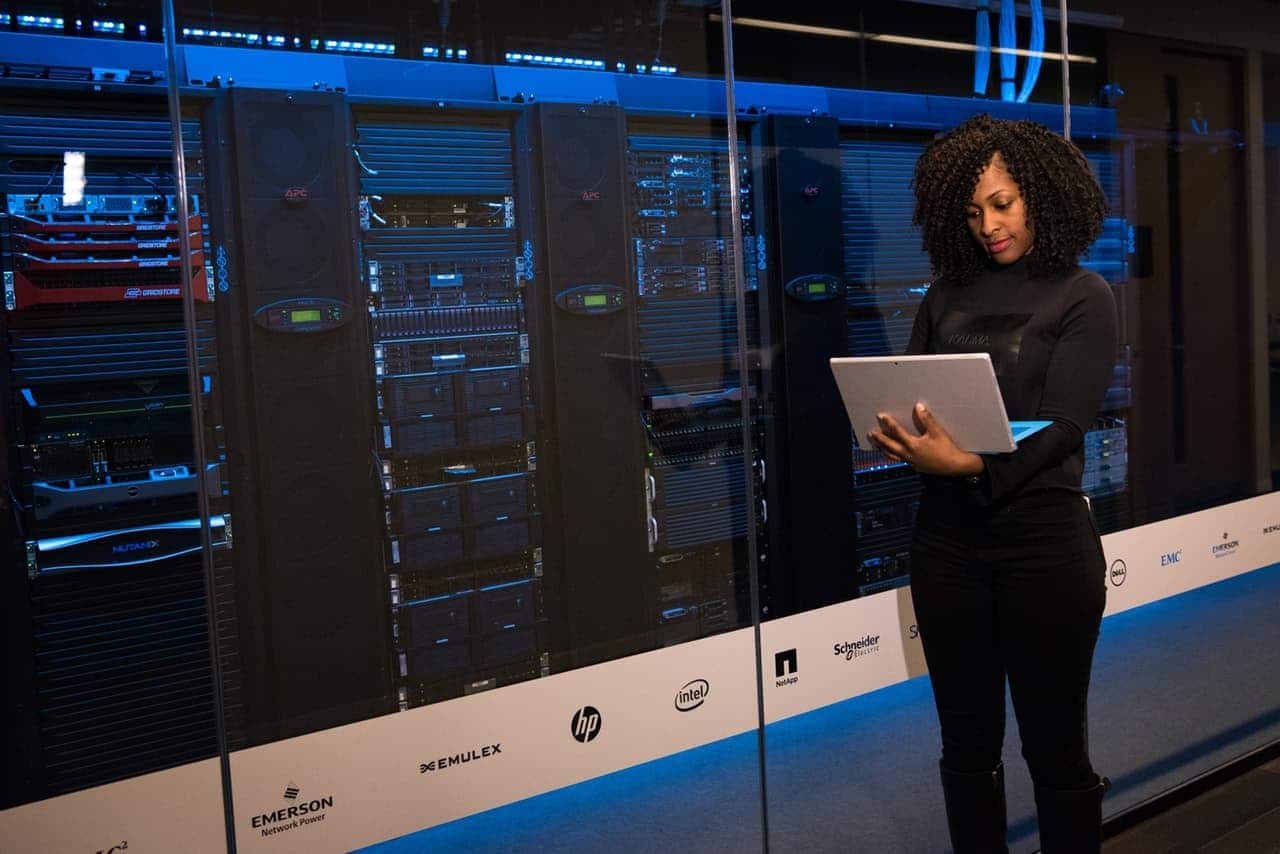The European leader in the rental of equipment for construction, industry and events, has deployed its ERP by relying on total collaboration between the IT department and IT production. At the heart of their method: weekly meetings where all stakeholders are involved.
Meeting with Sylvain Rogé – Chief Technology Officer of the Loxam group.
What did the digital transformation of the Loxam group consist of?
When our current CEO, Gérard Deprez, bought the company in 1994, he wanted to implement an ERP system for all the group’s business units (BU). We have chosen the software package used by the majority of the leaders in our sector, namely : RentalMan, from the American publisher Wynne Systems. The first deployments were carried out in 2008 in Belgium, and then the ERP was progressively deployed across all our BUs in Europe until 2013.
In 2012, we also integrated Salesforce CRM, which we renamed Loxforce, to support our field sales force. They can now make presentations of our catalog to customers, on their iPads, via this CRM tool. In early 2016, we also outsourced our payroll management in France to Cegid in SaaS mode.
How did the IT department and production work together on these digital projects?
We have set up weekly meetings, every Tuesday, where we discuss the directions to take. The CIO provides the objectives, timelines and expectations of management, and then we discuss the implementation together.
Our IT department is quite large, with about 60 employees. Under the responsibility of the CIO, Philippe Lonné, we have four departments, whose directors all participate in these weekly meetings. There is the department in charge of the ERP front office, the department dedicated to long-term “major projects”, the department working on the development and support of solutions, and finally the technical department which I am responsible for.
As CTO, do you have a specific role in these meetings?
My role is to act as a pivot between the orientations desired by the IT department and the technical constraints of implementing new tools. In particular, I can remind the CIO that we are already working on a number of projects and that a new request is too much to handle. We then arbitrate, with him, between priority projects and those to be postponed.
Recently, we have deployed barcode scanners to our branch employees. This allows them to indicate the products rented by customers to our ERP system more easily. The reader scans the code and automatically sends the information to the ERP, which reduces the agent’s input in the field, limits the risk of errors, etc. The IT department presented the project to us and I indicated all the technical elements to be taken into account to deploy the solution. This included installing Wi-Fi networks in each branch. It is indeed a wireless reader because our storage spaces are large enough to accommodate heavy machinery such as excavators.
This Wi-Fi network had to be secured because it involves sensitive business information. The ISD has taken these elements into account to develop
the project. Other departments have also made comments, in particular the front-office ERP department, because the reader in the branch is interfaced with the software package, which requires new developments to ensure this connection.
So your recipe is simply to communicate?
Yes. There is no big secret. The IT department is well aware that maintaining and producing an information system for more than 4,000 employees in 12 countries is no easy task. And that this activity should not be compromised with transformation projects
that would be put in place without our active participation.
This collaboration allowed us to carry out a digital transformation without impacting IT production. We had other difficulties, such as adapting an American ERP to our activity in France. But there was no opposition between IT and production.
So the CIO has been more of an ally than an opponent?
I would even say that the CIO has been our best ally. He was the one who defended our budgets with the general management and the financial management for the deployment and the securing of the Wi-Fi networks. These investments were substantial and beyond what we had initially planned. It is thanks to the support of the CIO that we obtained the requested budgets.
If there is one lesson to be learned from our experience, it is that the IT department and production must be perfect allies in order to successfully complete a digital transformation project.







